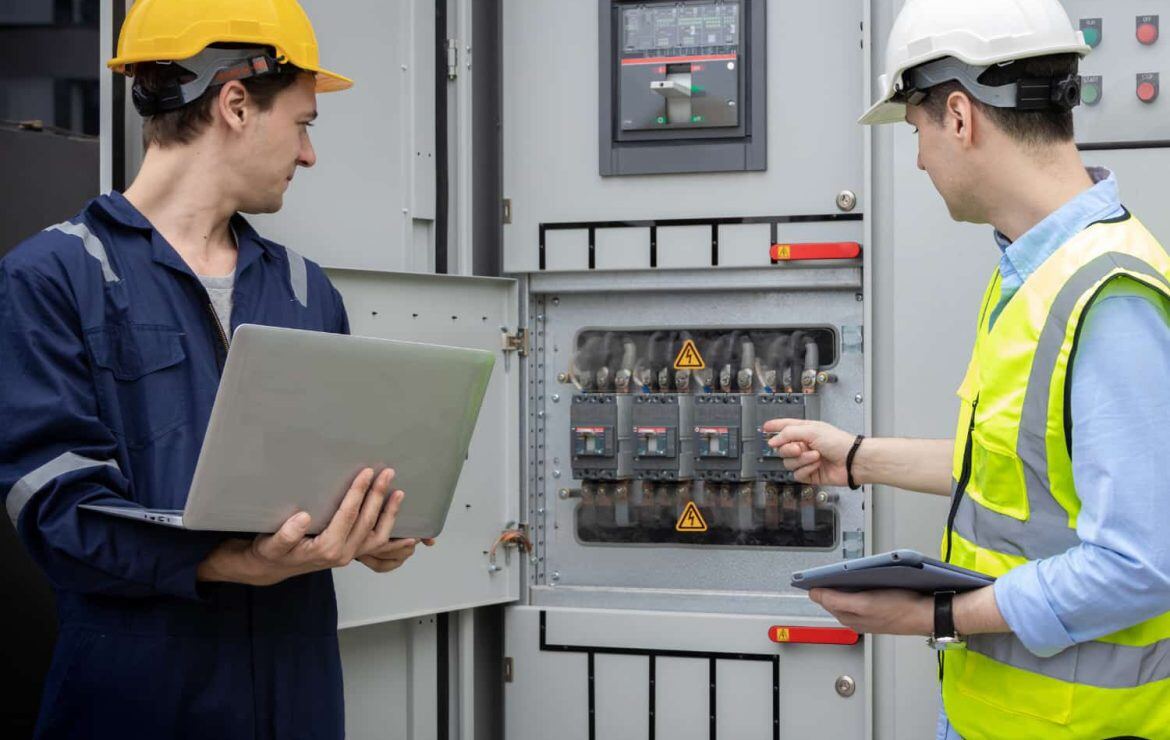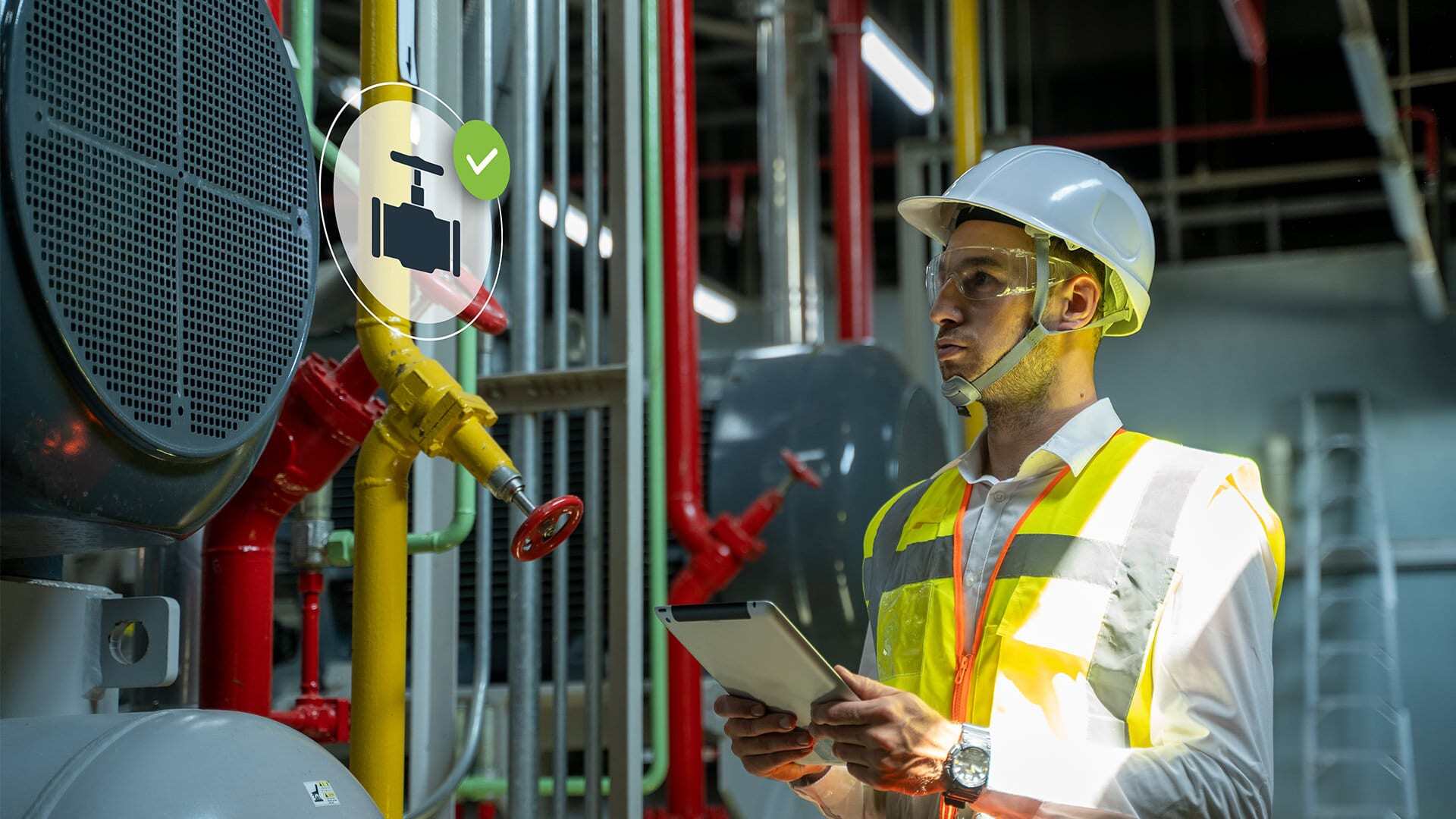
In today’s rapidly advancing built environment, the shift towards intelligent technologies is reshaping every corner of the construction world, and smart MEP systems are leading the charge. From smarter HVAC controls to energy-efficient lighting and automated plumbing, the integration of technology into MEP systems is transforming how buildings are designed, managed and maintained. For those who might not be familiar, MEP stands for Mechanical, Electrical and Plumbing — the core systems that ensure any building functions smoothly.
Traditionally, these systems operated independently. However, with the rise of smart MEP, everything from system performance to energy consumption can now be monitored and optimised in real time. Thanks to innovations like BIM MEP services, MEP software, and Internet of Things (IoT) integrations, we are entering an era where buildings can essentially "think" and "respond."
What Are Smart MEP Systems?
Let us break it down. Smart MEP systems refer to the integration of automation, sensors, data analytics, and intelligent controls within a building's MEP infrastructure. Rather than working in silos, these systems communicate and collaborate to ensure efficiency, comfort, safety, and sustainability.
For example, a smart MEP solution could automatically reduce HVAC output during off-peak hours or dim lighting based on occupancy. It is not just about convenience, it is about using data-driven decisions to optimise every aspect of a building’s lifecycle.
At the heart of this evolution are tools like Revit MEP and BIM MEP services, which allow for virtual modelling, clash detection, and integrated planning before the first brick is laid. By using MEP BIM modelling and BIM software, architects and MEP engineers can create smarter, more resilient systems even before construction begins.
Also Read: BIM for MEP: A Complete Guide 2025
How are Smart MEP Systems Evolving?

The development of smart MEP systems is advancing on multiple fronts: software, hardware, and integrated design practices. One of the biggest catalysts for this evolution is the adoption of MEP design software like Revit MEP software, which allows for accurate, real-time 3D modelling of mechanical, electrical and plumbing systems.
Here is how smart MEP is transforming the industry:
-
IoT Integration: Devices such as thermostats, sensors, and actuators are now embedded within MEP systems to allow real-time monitoring and automated responses.
-
AI and Predictive Maintenance: Artificial intelligence is being used to analyse performance data and predict equipment failure, reducing downtime and enhancing the reliability of MEP works in construction.
-
Cloud-Based Collaboration Tools: Modern collaboration tools enable real-time data sharing and coordination between stakeholders, making MEP construction management more efficient and transparent.
-
Sustainability and Energy Modelling: Smart systems allow for advanced simulations during the design phase using BIM software, helping reduce energy use and carbon footprint throughout the building lifecycle.
-
Integration with Smart Building Platforms: Smart MEP systems are increasingly integrated into broader building automation platforms that manage lighting, HVAC, and even security systems as a single ecosystem.
In essence, being smart is no longer a luxury; it is becoming a requirement. With MEP in architecture becoming more complex, smart solutions are ensuring we build better and smarter.
Benefits of Smart MEP Systems
So, why is everyone in the MEP industry so excited about smart tech? Because it brings some incredible benefits across all aspects of MEP engineering and design:
-
Improved Energy Efficiency: Smart automation helps regulate energy consumption based on occupancy and usage patterns, reducing costs and environmental impact.
-
Enhanced Comfort and Safety: Real-time monitoring ensures that ventilation, lighting and water systems respond to actual user needs.
-
Reduced Operational Costs: Predictive maintenance, remote monitoring and smart controls significantly lower the total cost of ownership.
-
Better Project Delivery: Using BIM MEP services and MEP BIM modelling enables smoother design processes, quicker approvals, and more accurate construction.
-
Data-Driven Decisions: Facility managers and MEP engineers gain access to data that helps improve system performance and maintenance planning.
-
Future-Proofing Buildings: Integrating smart MEP systems means buildings are ready for future tech integrations, upgrades, and regulatory changes.
By incorporating MEP design technology early on, particularly tools like Revit MEP and MEP design software, these benefits are not only achievable but also sustainable over the long run.
Also Read: BIM for MEP Design Engineer: A Complete Guide 2025
Challenges and Opportunities in the Field of MEP Design
Of course, every technological leap comes with its own set of hurdles. Designing and implementing smart MEP systems is no exception. However, the rise of BIM MEP services and advanced modelling is helping address many of these issues head-on.
1. Challenges
-
High Initial Costs: The installation and setup of smart MEP components can be costly, making clients wary of upfront investment.
-
Integration Complexity: Ensuring all systems, HVAC, electrical, and plumbing, communicate effectively requires tight coordination.
-
Skill Gaps: Not all MEP engineers are currently trained in advanced MEP software or BIM software, which can create delays or errors.
-
Cybersecurity Risks: With interconnected systems comes the risk of cyber threats — an area that MEP design services are still learning to navigate.
2. Opportunities
-
BIM Adoption: The increased use of BIM MEP services enables better visualisation, simulation, and coordination, reducing errors and cost overruns.
-
Smart Retrofitting: Older buildings can be upgraded using smart MEP solutions, breathing new life into existing infrastructure.
-
Global Collaboration: Thanks to cloud-based collaboration tools, MEP projects now benefit from expertise across geographies.
-
Innovation in Training: New certification courses are emerging for MEP BIM modelling, MEP construction management, and smart MEP, helping upskill the workforce.
This combination of challenges and opportunities is fuelling rapid growth and innovation across the MEP infrastructure landscape.
Conclusion
To sum up, smart MEP systems are redefining how we think about building performance, user experience, and sustainability. They represent a critical shift from reactive to proactive MEP engineering, where data, automation and intelligent systems work hand-in-hand to make buildings safer, greener and more efficient.
Whether you are a seasoned MEP engineer, an architect exploring MEP in architecture, or a contractor navigating MEP works in construction, embracing smart MEP is not just an option; it is the future. From leveraging Revit MEP software to engaging in cutting-edge MEP design practices, the evolution is here, and it is exciting.
So next time you walk into a building and the lights dim, the air feels just right, and the water flows efficiently, remember that is smart MEP at work.
We suggest that you explore the BIM Professional Course for MEP Engineers by Novatr. And visit our Resources Page to learn about the latest industry developments.
FAQs
Q1: How do smart MEP systems improve building energy efficiency?
Smart MEP systems use sensors, automation, and data analytics to monitor and control energy usage in real-time. For instance, HVAC systems adjust temperature based on occupancy, and lighting systems dim or switch off when not in use. By leveraging tools like Revit MEP and BIM software, these systems are designed for energy efficiency right from the planning phase, reducing both operational costs and environmental impact over the long term.
Q2: What role does BIM play in the development of smart MEP systems?
BIM MEP services are central to developing smart MEP systems as they enable digital modelling of all MEP infrastructure before construction begins. Through MEP BIM modelling, professionals can simulate performance, identify clashes, and ensure seamless integration across systems. BIM software also facilitates collaboration among stakeholders, streamlining the design, construction and operation of highly efficient, automated buildings.
Was this content helpful to you



.jpeg)

.png)

